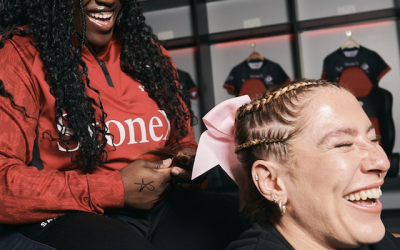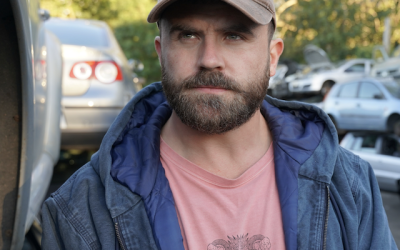YouTube has quietly completed its transformation from a platform for cat videos into television’s fiercest competitor. According to a new report from MIDiA Research, confirming Nielsen’s Nielsen’s Media Distributor Gauge, YouTube has overtaken Netflix in the US for streaming watch time on TV sets – a shift that signals more than just a change in viewing habits. It underlines a profound restructuring of the global entertainment economy.
YouTube’s Neal Mohan describes it as the arrival of a “new Hollywood,” one where creators and digital-first studios dictate cultural trends and audience loyalties. Speaking on TellyCast, Ben Woods, Creator Economy Analyst at MIDiA (pictured) said: “Niche is king on YouTube. The MrBeasts of this world aren’t reflective of the platform’s true strength. It’s the long tail of creators, each with highly engaged communities, that makes YouTube such a formidable force”.
For broadcasters, the message is stark. The platform that once looked like a sideshow has become the second-largest use of the television set among 16-34s in the UK, ahead of live broadcast. Among 16-19s, social video already dominates, with 35% using their TV primarily for YouTube or TikTok compared with 25% for live channels. These behaviours are unlikely to reverse as this generation ages.
Woods points out that YouTube’s dominance lies not only in its reach but in the responsiveness of its ecosystem. Traditional production models, with their long commissioning cycles and reliance on overnight ratings, are being outflanked by creators who publish, analyse performance, and pivot within days. “Fail fast” is a mantra few broadcasters have embraced – yet it is central to how creators build loyalty and grow.
Children’s content is another warning sign. Brands like Peppa Pig and Bluey thrive on YouTube, not by simply uploading full episodes but by cutting content into short, shareable clips. The result is direct engagement with multiple demographics, including unexpected teenage audiences. For broadcasters, this demonstrates both a threat and an opportunity: audience insights on YouTube are more immediate, and more revealing, than anything traditional ratings can provide.
There are other lessons too. Community is now infrastructure. Where once the audience was a passive end-point, today it is an active participant, shaping characters, demanding new storylines, and amplifying IP across platforms. As Woods argues, “Engaging with audiences is collaborative. They’re your closest fans, your biggest champions. They’re the ones who give you visibility.”
Broadcasters experimenting in this space are already seeing returns. Channel 4, through 4Studio, has demonstrated that social publishing is additive rather than cannibalistic – reaching new viewers without eroding streaming audiences. Others, Woods suggests, remain paralysed by fear of fragmentation.
The risk is invisibility. If younger viewers are forming their cultural reference points through YouTube communities and creator-led fandoms, producers and broadcasters who ignore that shift risk cutting themselves off from an entire generation.
Yet the outlook for TV is not entirely gloomy. Traditional skills still matter. Storytelling, talent management, and brand building remain invaluable. The difference is in the packaging and the mindset. Broadcasters must start thinking like creators: agile, audience-obsessed, and unafraid of failure.
As live sport rights move into the hands of creator-led channels such as The Overlap and Goalhanger, and as Netflix and Amazon Prime experiment with YouTube personalities to attract younger audiences, the convergence of broadcast and creator economies is accelerating. For broadcasters, the choice is simple. Adapt to the culture of YouTube and social video – or risk becoming background noise in the living room of the future.





